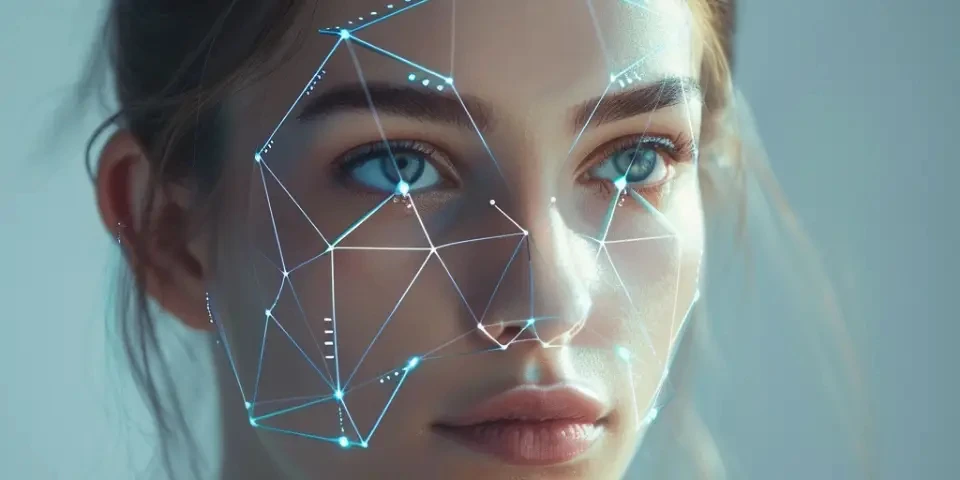Unlocking the Power of AI Reshaping the Future of User Experience
Artificial Intelligence (AI) has emerged as a transformative technology, reshaping various aspects of human life, including user experience (UX). By harnessing the power of AI, businesses and developers can revolutionize the way users interact with technology. This article explores the ways in which AI is shaping the future of UX, transforming it into a more personalized, efficient, and intuitive experience.
1. Personalization
One of the significant advancements brought about by AI in user experience is personalization. Through machine learning algorithms, AI can analyze large amounts of user data and tailor experiences to individual preferences. Personalized recommendations, content, and interfaces enhance user engagement by providing relevant and meaningful experiences in real-time.

Furthermore, AI-powered chatbots and virtual assistants offer personalized interactions, understanding user needs and providing tailored responses. These conversational interfaces make the user experience more conversational, efficient, and engaging.
2. Automation
AI automates repetitive tasks, freeing up time for users to focus on more complex and meaningful activities. By leveraging natural language processing (NLP) and machine learning, AI systems can automate customer support, data analysis, and content generation, significantly enhancing efficiency and productivity.
For example, customer support chatbots can instantly address common queries and issues, reducing the waiting time and improving customer satisfaction. AI-powered content generators can produce personalized content at scale, simplifying the process for marketers and content creators.
3. Predictive Analytics
AI enables predictive analytics by analyzing vast amounts of user data, detecting patterns, and making accurate predictions. This empowers businesses to anticipate user behavior, identify trends, and provide proactive recommendations, thereby improving the overall user experience.
For instance, e-commerce platforms can leverage AI to predict customer preferences and make personalized product recommendations. Similarly, AI-powered music streaming services can recommend songs, playlists, and artists based on user listening habits and preferences.
4. Natural Language Processing (NLP)
Natural Language Processing is a subfield of AI that enables computers to understand, interpret, and respond to human language. NLP techniques, such as sentiment analysis and speech recognition, play a vital role in creating more natural and intuitive user experiences.
AI-powered voice assistants like Amazon's Alexa and Apple's Siri utilize NLP to understand and respond to user commands, making interactions more conversational and seamless. NLP also enhances chatbots' capabilities, enabling them to understand and respond to natural language queries with high accuracy.
5. Visual Recognition
Visual recognition is another area where AI is reshaping user experience. By analyzing and interpreting images and videos, AI systems can provide visually enhanced experiences, ranging from facial recognition in smartphones to object detection in autonomous vehicles.
For instance, e-commerce platforms can utilize visual recognition to enable users to search for products by uploading images. AI algorithms can analyze the images, recognize the objects, and provide similar products or relevant recommendations. This simplifies the search process and enhances the overall user experience.
6. Virtual Reality (VR) and Augmented Reality (AR)
AI-powered virtual reality and augmented reality experiences have the potential to revolutionize user experiences across various industries. By combining AI algorithms and sensors, VR and AR applications can create interactive and immersive experiences that blur the line between the physical and digital worlds.
For instance, in the gaming industry, AI can enhance the realism and interactivity of virtual environments, creating more engaging and personalized experiences. In the retail industry, AR applications can overlay digital information, such as product details, discounts, and reviews, on physical products, enriching the shopping experience.
7. Accessibility Improvements
AI has the potential to make technology more accessible for individuals with disabilities, greatly enhancing their user experience. Through AI-powered assistive technologies, such as voice recognition and gesture control, users with visual or motor impairments can interact with devices and applications more effectively.
For example, AI-powered screen readers can convert text into speech, allowing visually impaired individuals to consume digital content effortlessly. Gesture recognition systems can enable users with limited mobility to control devices using hand movements, providing greater independence and accessibility.
8. Data Privacy and Security
While AI brings numerous benefits to user experience, it also raises concerns regarding data privacy and security. As AI systems collect and analyze vast amounts of user data, it becomes crucial to ensure robust privacy measures are in place to protect user information.
Companies must implement strong data encryption, secure storage systems, and comply with privacy regulations to build trust with users. Additionally, AI algorithms should be designed with privacy in mind, ensuring data anonymization and minimizing the risk of data breaches.
Frequently Asked Questions
Q: How can AI improve e-commerce user experience?
A: AI can improve e-commerce user experience by offering personalized product recommendations, simplifying the search process through visual recognition, and providing proactive customer support through chatbots.
Q: Can AI-powered virtual assistants understand multiple languages?
A: Yes, AI-powered virtual assistants can understand and respond to multiple languages, thanks to advancements in natural language processing and machine learning.
Q: What are some challenges in implementing AI for user experience?
A: Some challenges include ensuring data privacy and security, overcoming biases in AI algorithms, and balancing automation with human touch to provide a seamless and personalized experience.
Explore your companion in WeMate